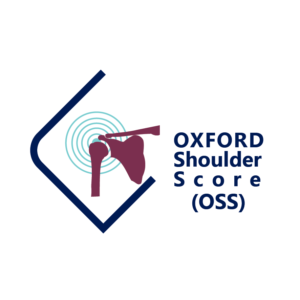Properties of the Oxford Shoulder Score include:
- the only condition-specific PRO designed and developed for use in assessing surgery intervention of the shoulder;
- has undergone rigorous testing for validity, reliability and sensitivity to change and has been shown to be a robust tool for assessing the outcome of shoulder surgery;
- can be employed in surveys or clinical trials for shoulder surgery patient groups;
- has been shown to be highly responsive to interventions and can be used as an indicator for recovery and general improvement in quality of life following shoulder surgery;
- brief and easy to complete resulting in good return rates;
- the PRO can be completed anywhere and delivered by post/electronically, making follow-up of large numbers of patients much more feasible (and cheaper) than conducting clinical assessments;
- easy to interpret scores.
^ Back to top






